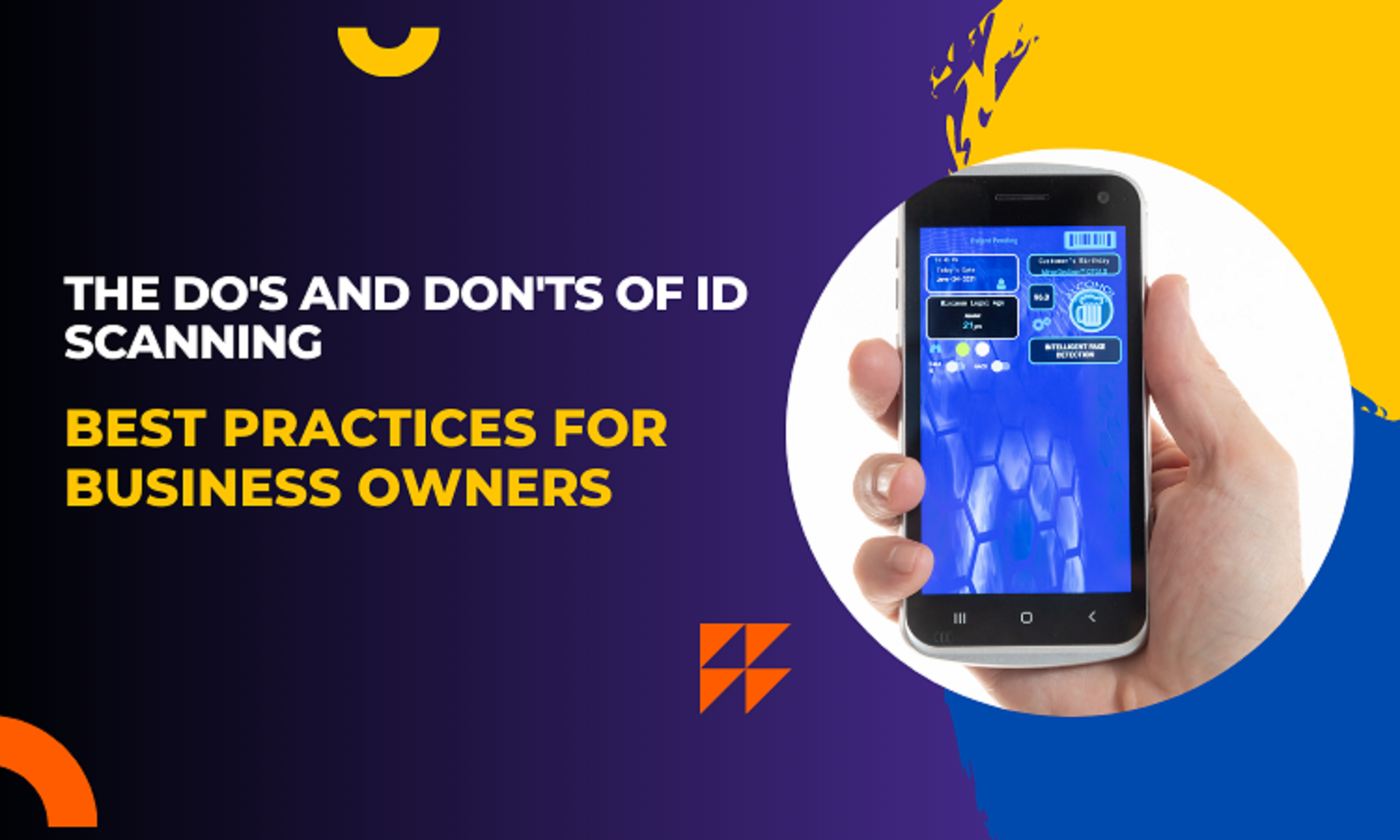In an increasingly digital world, where age restrictions and compliance regulations are ever-present, businesses are tasked with the responsibility of accurately verifying customer ages. The implementation of effective ID scanning practices has become a vital component of ensuring legal compliance, protecting customer privacy, and building trust.
In this blog post, we will delve into the essential do’s and don’ts of ID scanning, equipping business owners with the knowledge needed to navigate the age verification landscape and unlock success.
The Do’s of ID Scanning:
A. Use Reliable and Up-to-Date ID Scanning Technology:
To achieve accurate results, it is essential to invest in reliable ID scanner or software. Quality technology enables businesses to scan IDs quickly and efficiently, minimizing errors and potential security risks. Keeping up with the latest advancements in ID scanning technology ensures compatibility with new ID formats and enhances overall verification capabilities.
B. Train Staff on Proper ID Verification Procedures:
Thorough training for employees involved in ID verification is crucial. Educate your staff on recognizing valid IDs, detecting signs of forgery or alteration, and familiarize them with security features and holograms found on various ID types. This knowledge empowers your team to confidently authenticate IDs and identify potential fraudulent attempts.
C. Respect Privacy and Data Protection:
Handling customer data responsibly is paramount. Ensure your business has robust protocols in place to protect customer privacy and comply with relevant data protection laws. Minimize the collection and storage of personal information to only what is necessary for age verification purposes. Safeguard customer data from unauthorized access and establish secure data retention and deletion practices.
D. Maintain Clear Policies and Procedures:
Establishing clear ID scanning policies and communicating them effectively to your staff is essential. Consistency in implementing these policies across all employees ensures uniformity in age verification practices. Clear guidelines on acceptable IDs, protocols for handling suspicious documents, and escalation procedures for potentially fraudulent cases will minimize errors and discrepancies.
E. Regularly Update Software and Databases:
ID formats and security features evolve over time, making it crucial to keep your ID scanning software and databases up to date. Regular updates ensure compatibility with the latest security measures, reducing the risk of accepting counterfeit IDs. Staying current with software upgrades and database enhancements enhances accuracy and maintains the effectiveness of your ID scanning system.
The Don’ts of ID Scanning:
A. Do Not Rely Solely on Visual Inspection:
Visual inspection alone may not be sufficient to detect sophisticated fake IDs. Avoid relying solely on human judgment, as counterfeiters become more adept at creating convincing forgeries. By incorporating ID scanning technology into your verification process, you enhance accuracy and minimize the risk of accepting fraudulent IDs.
B. Avoid Discrimination and Bias:
Businesses must treat all customers equally and avoid making judgments based on appearance or personal biases. Implement a consistent verification process that applies to all customers, ensuring fair treatment. Focusing on objective ID authentication rather than subjective judgments protects both your customers and your business from discrimination claims.
C. Do Not Store Unnecessary Personal Information:
As a best practice, only collect and store the minimum personal information required for age verification purposes. Avoid unnecessary data collection to protect customer privacy and minimize the risk of data breaches. Adhere to the principle of data minimization and regularly review and delete any stored data that is no longer necessary.
D. Do Not Share Customer Information without Consent:
Respect the privacy of your customers by seeking explicit consent before sharing their information with third parties. Unauthorized sharing of personal data not only violates privacy laws but also erodes customer trust. Ensure you have a clear policy in place regarding the sharing of customer data and strictly adhere to it.
Final Words:
The expert recommendations for ID scanning dos and don’ts serve as a roadmap for business owners seeking success in age verification. By embracing best practices businesses can streamline their age verification processes. They can also ensures a secure and compliant business environment and build a reputation for reliability and adherence to industry standards.



